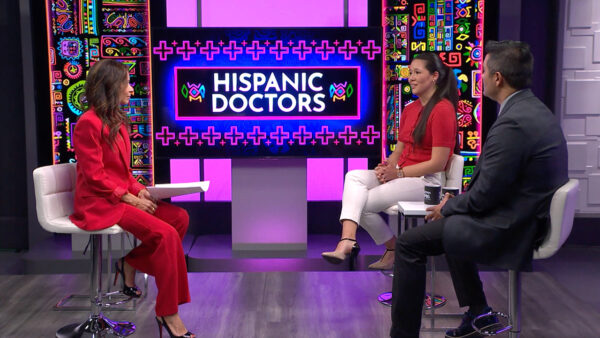ASU’s Hispanic Research Center relaunches with broader mission
April 26
Arizona State University’s Hispanic Research Center had a relaunch last fall to expand beyond arts and culture. The Center now focuses on highlighting the nuanced differences among Hispanics in Arizona, who hail from 21 different countries.
The Hispanic Research Center’s mission is to empower Latino/a/x and Hispanic individuals and communities by “generating and disseminating knowledge of public value and creating programming and partnerships that support the success of a multicultural society.”
We spoke with Stella Rouse, Director of ASU’s Hispanic Research Center, about its new direction.
The Center’s relaunch was designed to respond to the growing and diverse Hispanic population in Arizona. Rouse explained that she thinks the ASU administration saw the role the Center plays in being supportive of the growing Latino and Hispanic population in our state. ASU received the designation of being a Hispanic-Serving Institution, or HSI, which helped the Hispanic Research Center expand.
“The flexibility that gives the Center to be able to collaborate and do different things, I think, was very important to the university,” Rouse said. “Elevating it and expanding what it does was something that was a priority.”
The Hispanic Research Center at ASU has existed since 1985, and Rouse said the focus then was to grow the number of students and faculty of Hispanic and Chicano descent. That focus grew to be art and culture-centered.
“Now, I think it’s getting back to be some of what originally was intended for the Center,” Rouse said. “To be a research-focused center, but broadly defined.”
Rouse said they don’t necessarily want to get away from the culture aspect, but also incorporate research and expand into other areas that are important to understanding the Latino population.
Rouse said the center looks forward to continuing its outreach efforts to future generations that may benefit from the center and expand its research efforts on topics such as health disparities, food disparities and immigration.























